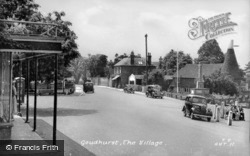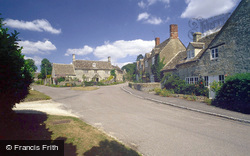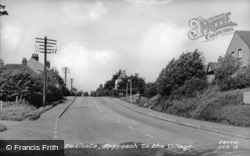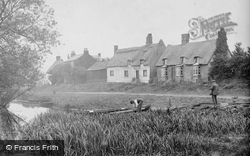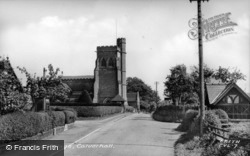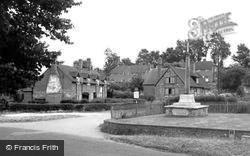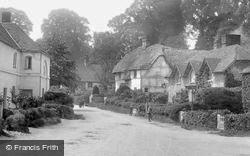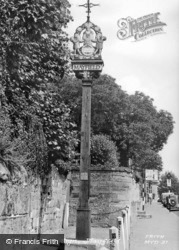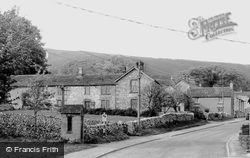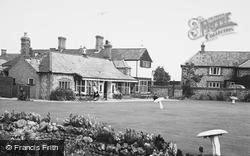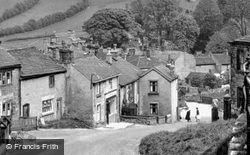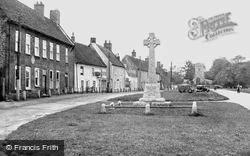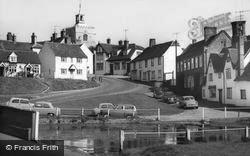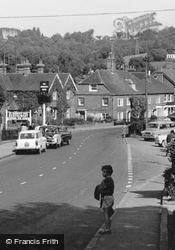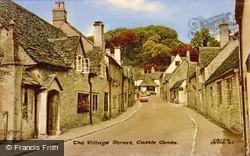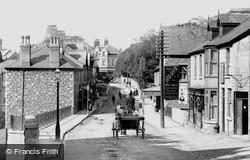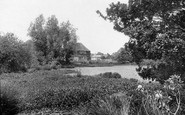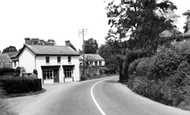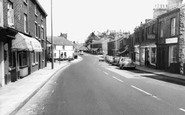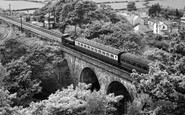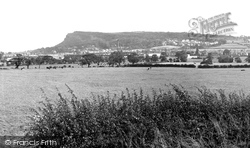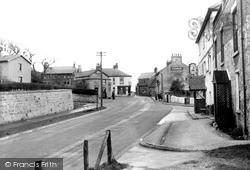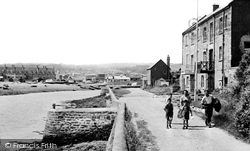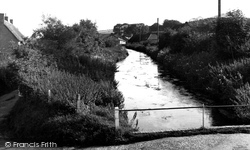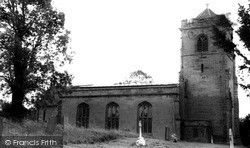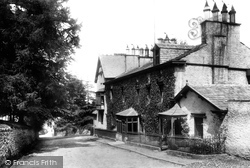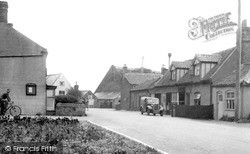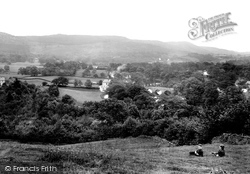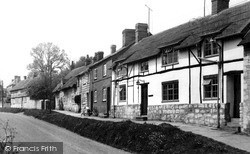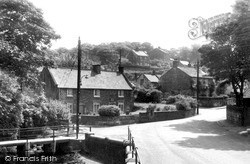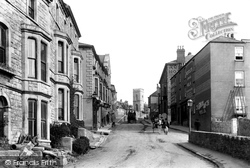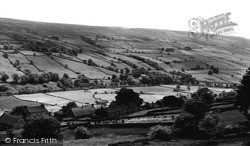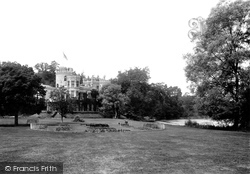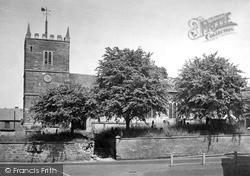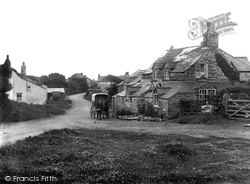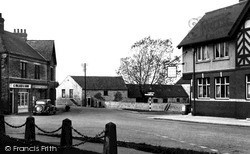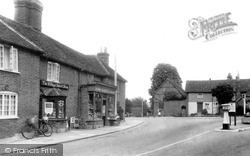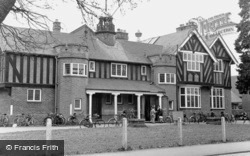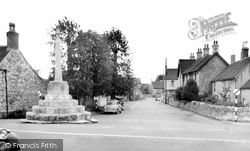Places
5 places found.
Those places high-lighted have photos. All locations may have maps, books and memories.
Photos
9,649 photos found. Showing results 1,301 to 1,320.
Maps
18 maps found.
Books
13 books found. Showing results 1,561 to 13.
Memories
4,612 memories found. Showing results 651 to 660.
Singehurst Pond
Singehurst pond was the place for both girls and boys to go fishing with their bags of dampened bread and makeshift fishing rods. Throughout the season we caught loads and then returned our catch at the end of an outing, ...Read more
A memory of Ticehurst in 1974 by
The Village Stores
Our family, that is father Stan, mother Eve and five of we children moved in 1952 to this shop from our farm in North Devon. We were a general store, delivering papers and general goods to the surrounding area. After ...Read more
A memory of Hatch Beauchamp in 1952 by
My Great Granny Barker
At the far end of photo number H183005a - on the right - is a white wall. Mr and Mrs Barker lived in a one room plus a tiny kitchen downstairs, two tiny rooms up, from the 1930s until my great-grandmother died in the ...Read more
A memory of Heighington in 1944 by
Disley Primary School
When I went to the school we had our dinners in a room downstairs and heaven help you if you cheeked the dinner ladies. The Headmaster's son at the time, Michael Roe, did and he got a real telling off and probably the cane ...Read more
A memory of Disley in 1961 by
Stanton
I went to Stanton Infant / Junior school. I remember the bread being baked, Wem brewery delivering to the New Inn, the Old Mill that was destroyed in 1962, for 're-development', a tin shed was erected. The blacksmith shop ...Read more
A memory of Stanton upon Hine Heath by
First Love
1995 was the best year of my life, I was aged 13 and I was totally besotted with a lad in the village called James Power, he was working with a local builder from Penmachno called Jeremy McWilliam. I loved the way he was of being the ...Read more
A memory of Cwm in 1993 by
My Happy Days As A Child When I Was Born In The Village
I spent many happy years with my nanny and grandad, Rossa and Phillip Munn of Hill View Cottages, during the long summer school holidays. Over the years since they have both passed away I ...Read more
A memory of High Halstow in 1956 by
Netherne
Hooley Hospital, although near Hooley, was in fact Netherne Hospital for the mentally ill. Those patients allowed out frequented the Hooley shops, The Star public house (long gone due to road widening) and village jumble sales. The hospital ...Read more
A memory of Hooley in 1960 by
Priory Road 1962 To 1988
My father, William J Smith (Bill) had a newsagent at 47 Priory Road between 1962 and 1988 which was opposite Ports the Bakers. I remember seeing queues of people coming out of the Bakers on a Saturday morning to get ...Read more
A memory of South Park in 1970 by
The Signal Box
My uncle Emlyn Rees was a relief signalman who used to work the box shown in photo in G149038. He lived in Hendy, about 2 hours travel time from Glynneath. My father (his brother) used to take to visit and my uncle used to let me ...Read more
A memory of Glyn-neath in 1958 by
Captions
5,016 captions found. Showing results 1,561 to 1,584.
Helsby Hill totally dominates all views of the village that sits below.
This is a close-up of the statue of St Hubert on the post office.
Occupying a hill-top, Preesall grew as a small market around a corn mill and two pubs, both of which are shown here, the Black Bull and the Saracen's Head.
Axmouth's harbour, a mile from the heart of the village, is as picturesque as when the Frith photographers took this series of photographs.
The old Mill House (centre) was demolished in 1966.
St Lawrence's stands on Meriden Hill, aloof from most of the community it serves, but close to a small cluster of old houses and with views towards Coventry.
The origins of this rambling building, which overlooks the main street, lie in a 15th-century farmhouse, and until the New Inn was built in the 1640s, it also served the village as its ale-house.
Here we see the 19th-century cottages of the village; the older part is well inland, and the newer development stretches from the old centre towards the sea.
This was definitely a traffic-free zone when the photographer called! The village shop (right) stands slightly higher than the terraced houses on either side, and all are built in local stone.
To the right is the fresh new Triumph Herald 1200 coupe. It had a 25-foot turning circle. The A31 runs through the village, which stands between Farnham and Alton.
Two lads enjoy the view from the hillside above Newby Bridge, the small village at the southern end of Windermere, with the low south Lakeland hills in the background.
Moving east, the route passes through Whitchurch on its way back to Aylesbury.
Two miles south east of Rotherham,Whiston was a large village by the end of the Napoleonic Wars.
The Portland villages of Castleton, Fortuneswell and Chesil now form the largest urban settlement where the Isle meets the causeway from the mainland.
We are looking east down the broad, U-shaped valley of Swaledale from the oddly-named village of Low Row.
The Post Office C1960 Bransgore, north of Christchurch, grew over the years as a sprawling residential village.
Ollerton village was at the crossroads of three major routes, and its inns catered for the coaching trade, but now, mercifully, it is by-passed and tranquil.
This village, described in the 19th century as 'hamlet of beggarly cottages', was built around a castle. All that remains is an earth mound.
During the Second World War villagers were evacuated from many villages around the South Hams so that the district could become a D-Day training ground for American troops, who would practise landings
This charming village on the river Derwent is dominated by the grounds of Chatsworth House. This section of the area is the old village known as Nether End.
Farm buildings in the heart of the village bear testimony to a time when most villagers worked on the land.
The Village Sweet Shop and Hailey's have gone, and this very pretty building, which hides a 17th-century timber frame behind its brick skin, is now a restaurant, to which has been added a not very beautiful
The Civic Restaurant was also the village hall.
This 15th-century market cross stands in the centre of the village. The right to hold a weekly market and an annual fair was granted in 1227. These continued to be held until the 1960s.
Places (5)
Photos (9649)
Memories (4612)
Books (13)
Maps (18)



